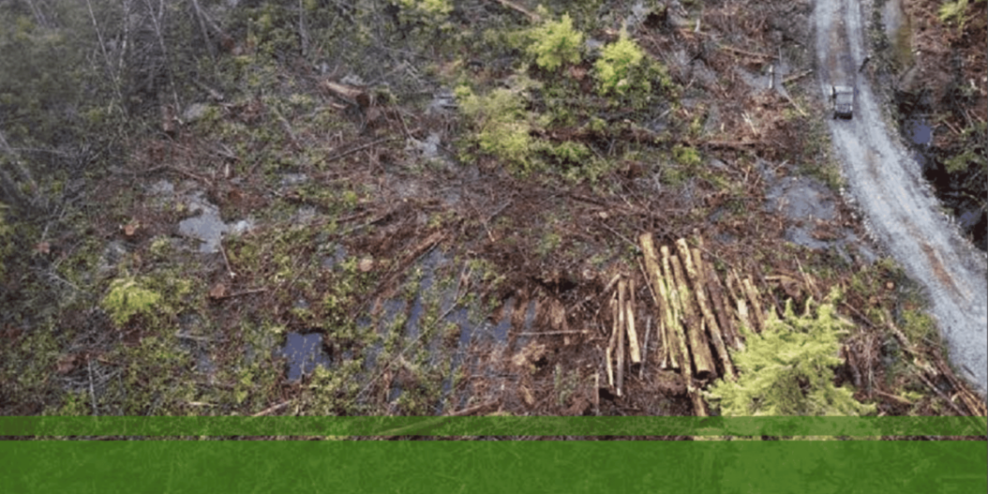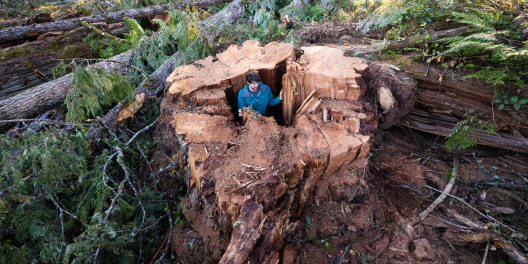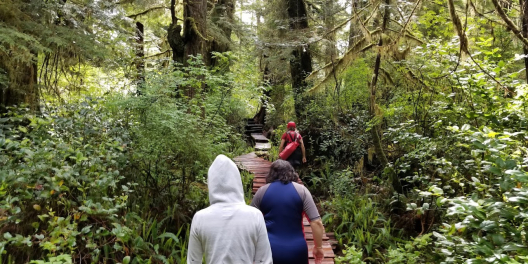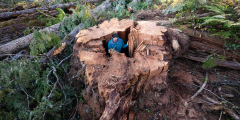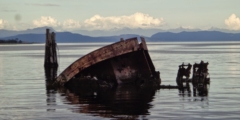Comox Valley residents are concerned about the quality of their drinking water.
These worries prompted a new $110 million water treatment plant under construction in the Comox Valley. Unfortunately, though necessary, this taxpayer-funded investment in water quality is treating the symptoms, not the cause.
It’s like a chiropractic adjustment that pops a rib back in place but fails to address the fundamental imbalance.
The new water treatment plant masks an underlying problem – decades of shoddy logging on the private forest lands surrounding Comox Lake have made the drinking water source for more than 45,000 residents vulnerable to turbidity and pathogens.
The Comox Lake watershed has been heavily logged and mined since the 1870s when these unceded lands were transferred to Robert Dunsmuir as part of the E&N Land Grant.
Climate change is now threatening water quality and quantity, but the impacts on our watershed also raise questions about how private forest lands are managed in BC. For example, you don’t have to walk for long in the watershed before you cross a stream that has been clearcut-logged from bank to bank with no riparian setbacks at all.
Is this acceptable land stewardship in a developed country? If so, it sets a very low bar.
That’s why a 2019 report by the University of Victoria Environmental Law Centre called for a major overhaul of the Private Managed Forest Land Act to prevent further ecosystem damage and safeguard community watersheds surrounded by privately owned timberland.
Logging on privately owned land has significant impacts on public resources. For example, a 2008 report from the Canadian Centre for Policy Alternatives found that privately managed forests were being logged at unsustainable rates, damaging streams, rivers, and the local web of life. Current practices aren’t so great for local jobs either.
- In some cases, private land logging is done at twice the rate that can be sustained according to forest industry auditors.
- Large volumes of privately logged wood are exported raw rather than being processed by mills in BC. In fact, 62% of raw log exports from the coast are from private forests.
- Managed forest land is also being sold to real estate developers, or to be used for other non-forestry purposes.
However, drinking water quality was deemed in the report as the number-one concern regarding how private forest lands are being managed.
The UVic study gave the province a roadmap for change.
Among the recommendations is giving the local government authority to enact watershed protection by-laws that have teeth on private forest land, requiring more consultation with community groups and other impacted organizations and agencies, and holding private land loggers to at least the same environmental standards as Crown forest land.
In addition, UVIC called for long term planning to ensure forest land remains forest and is not sold off for urban development, independent oversight of logging practices with penalties for non-compliance in line with those under the Forest and Range Practices Act, and meaningful engagement with First Nations impacted by private land logging.
It will take strong leadership and vision to enact some much-needed changes. Unfortunately, private land logging companies have been getting away with unsustainable and damaging logging practices in our watershed for far too long.
We need to do much better at holding private land loggers responsible for watershed stewardship. Citizens demand it. Communities need it.

